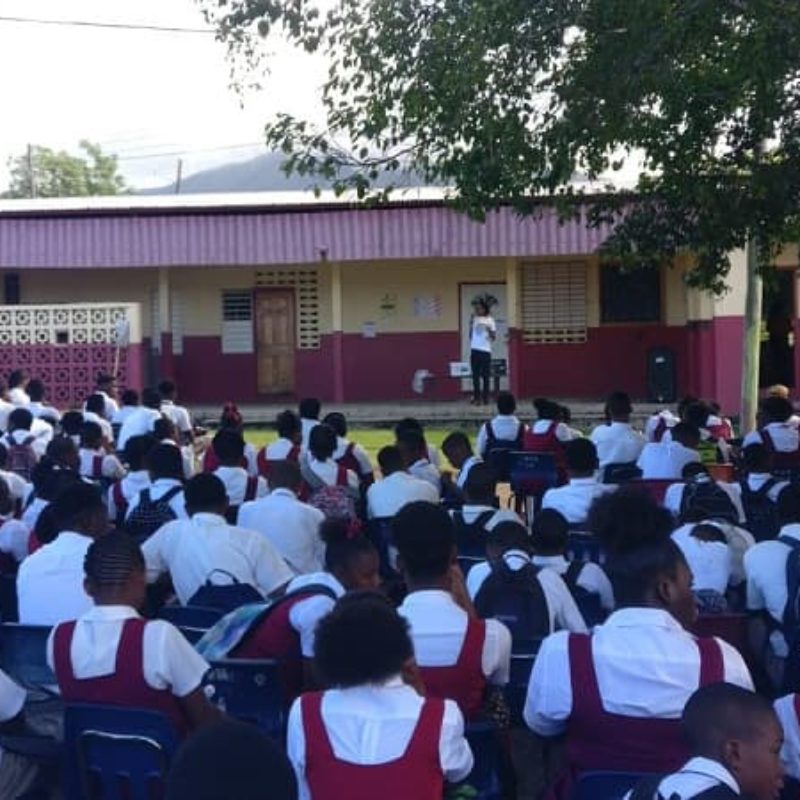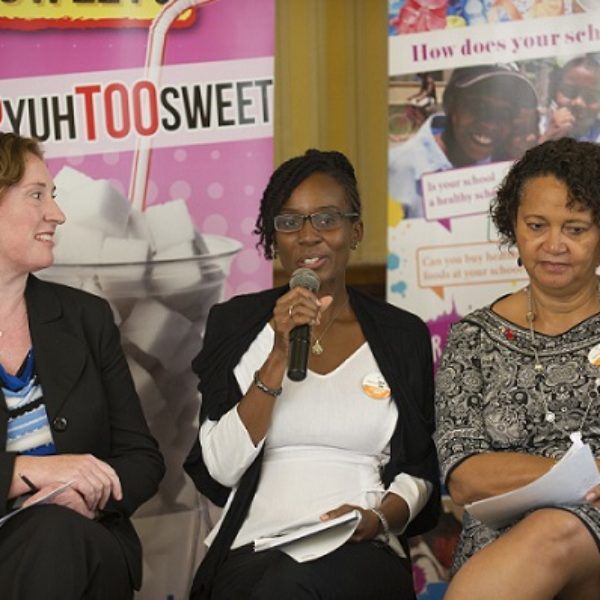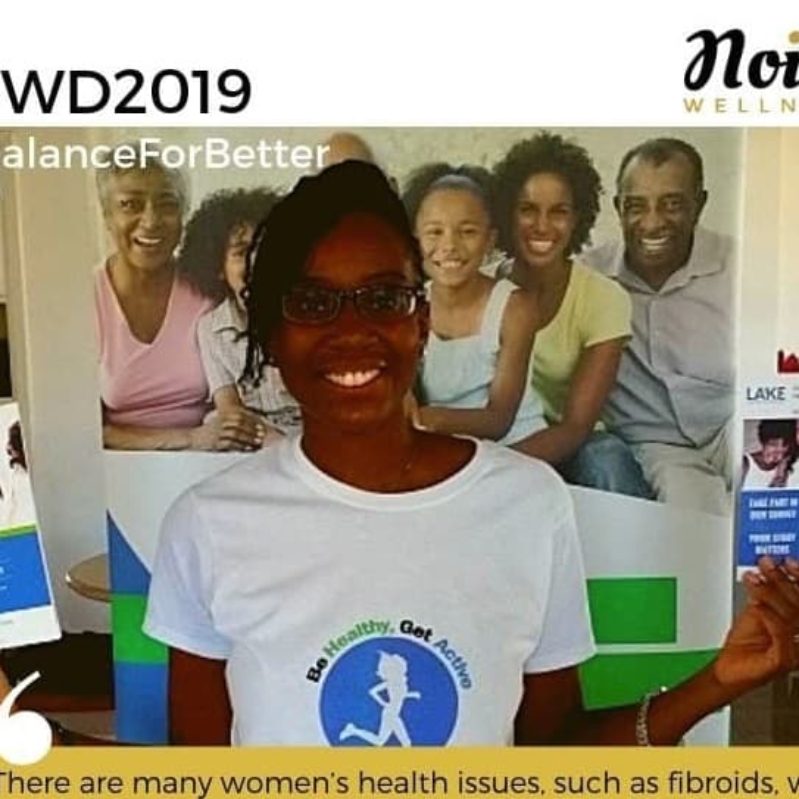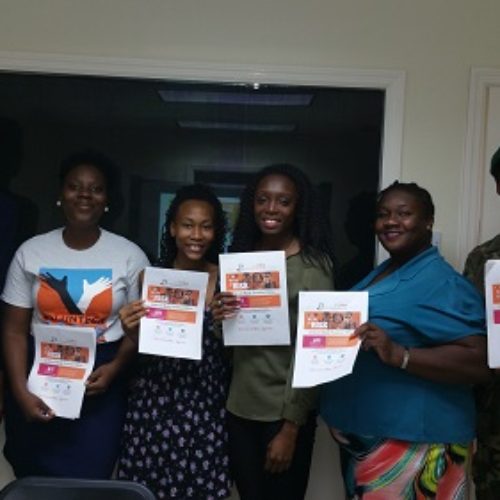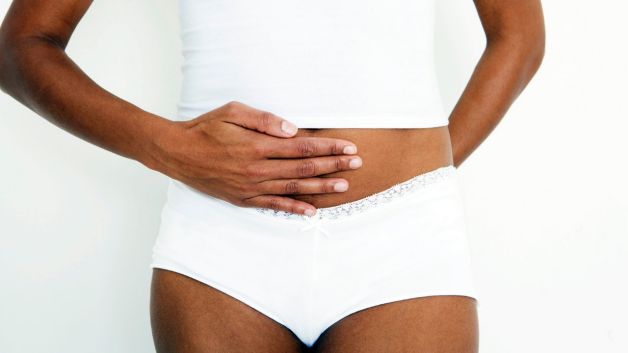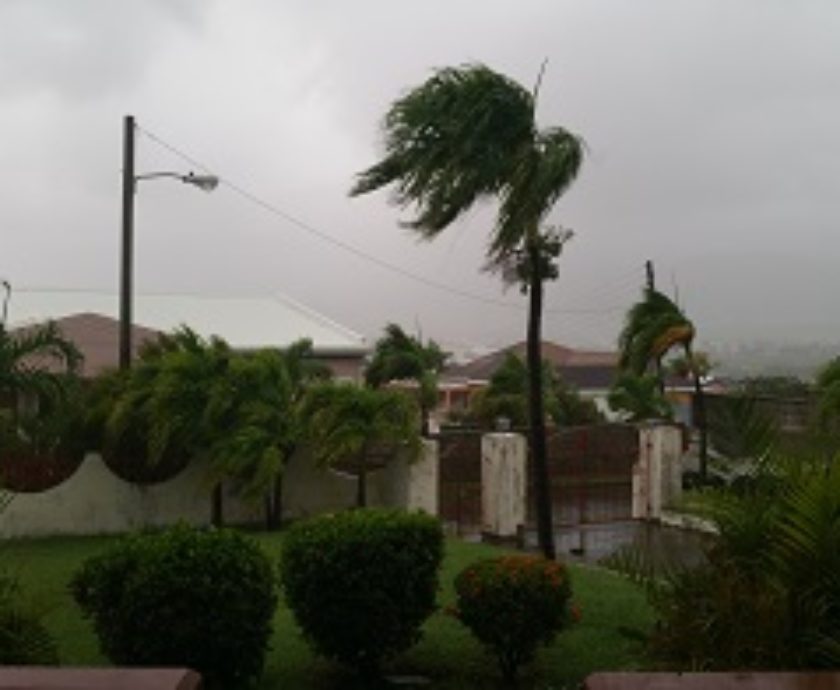If you have friends and family in the Caribbean you have probably been hearing the word “chikungunya” a lot lately and might even know someone who has had this disease. You may be wondering: ‘what exactly is chikungunya?’ and ‘where did it suddenly come from?’ In this week’s blog, we’ll tell you everything you need to know about this disease.

What is Chikungunya?
Chikungunya is an illness that is caused by a virus and it is spread through the bite of an infected female mosquito. It causes fever, joint pain, headaches and muscle pain. It is not usually a deadly disease with most patients recovering within a week but some people may develop long-term joint pain.
The History of Chikungunya
The Chikungunya VirusThe chikungunya virus is thought to have originated in central or east Africa where scientists believe it circulated in forest-dwelling mosquitos and non-human primates. The disease first appeared in humans in 1952 in the Makonde Plateau which is the border area between Mozambique and Tanzania. The name chikungunya is a Makonde word that means “that which bends up” and refers to the posture of those who develop the symptoms of this illness.
Since making its debut in 1952 there have been regular small outbreaks of chikungunya in Africa, but between 1999 and 2000 there was a large outbreak in the Democratic Republic of Congo and another one in Gabon in 2007.
In 2005, a chikungunya outbreak was reported in the Reunion Islands in the Indian Ocean where it affected over 200,000 people. It soon moved to India and several South-East Asian countries over the next two years affecting Indonesia, Thailand, Maldives and Myanmar, and then appeared for the first time in Europe in a small outbreak in northeastern Italy in 2007.
The Current Chikungunya Outbreak
The current outbreak of chikungunya, which is affecting the Caribbean, began in December 2013 with the first case detected in St Martin. As of 10th October 2014 34 countries in the Caribbean and Central, South and North America have been affected; a total of 748,403 suspected cases have been reported.
How Does Chikungunya Spread?


The species of mosquito that can transmit chikungunya are the Aedes aegypti and Aedes albopictus mosquitoes. They tend to bite during the day time, mostly in the early morning and late afternoon.
Chikungunya is rarely transmitted from mother to new-born child and it could be transmitted through a blood transfusion but there has been no evidence of this happening.
Symptoms
The symptoms of chikungunya appear 3-7 days after a person has been bitten by an infected mosquito. The most common symptoms are fever and severe joint pain. Other symptoms include headache, muscle pain, swelling of the joints, nausea, fatigue and a rash. Most patients recover fully within a few weeks but in some patients, joint pain may last for months or years.
How Can I Protect Myself?


1. Wear long sleeves, trousers and hats (if needed) to protect unexposed skin especially during the day when mosquitoes are most likely to bite
2. Use appropriate insect repellent. It is recommended that you use insect repellents that contain DEET, Picardin, oil of lemon eucalyptus (OLE), PMD or IR3535. Follow the directions on the repellent packaging, reapply as directed and make sure you exercise care when applying on children.
3.When using sunscreen, apply your sunscreen first then the insect repellent
4. Clear your home and office of mosquitoes by spraying with a bug spray, close all doors and windows and then use air-conditioning, or install mosquito nets on doors and windows to prevent mosquitoes coming indoors
5. Empty standing water from outdoor containers as these breed mosquitoes
If you think you might have been infected with chikungunya, keep an eye on your health and if you develop any symptoms please do visit your doctor.
Treatment
Currently, there is no treatment or vaccination for chikungunya, doctors simply treat the symptoms and may give patients ibuprofen or paracetamol to combat fever and pain. It is advised that you get plenty of rest and drink lots of fluids to prevent dehydration.
If you’ve recently been to the Caribbean follow the advice given in the infographic below.
That, in a nutshell, is what you need to know about chikungunya. For more information, you can visit the CDC’s website.


